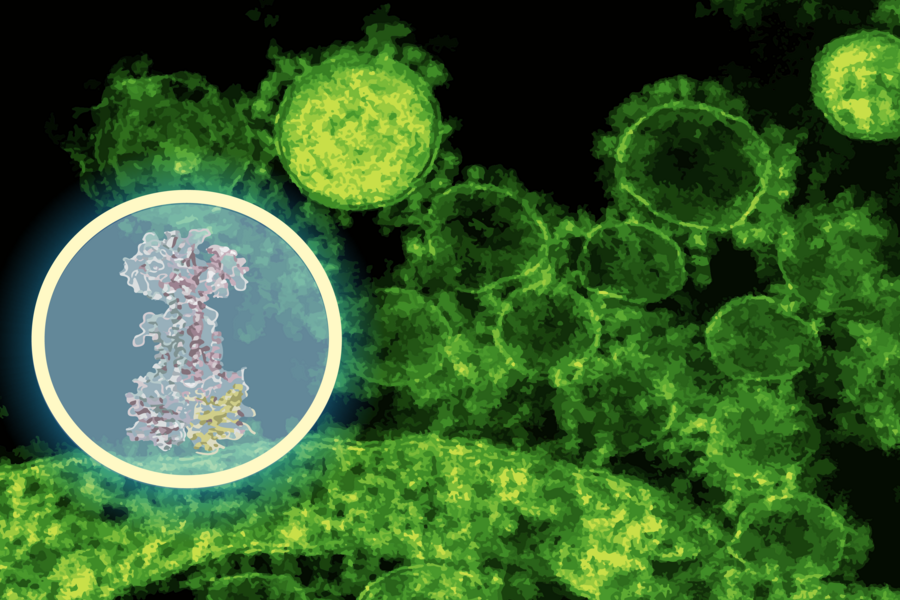Multi-Omics: Unlocking Life’s Complexity
The Lifebit blog article on multi-omics delves into a transformative research approach that integrates various biological data layers—namely genomics, transcriptomics, proteomics, epigenomics, and metabolomics—to provide a comprehensive understanding of biological systems.
What is Multi-Omics?
Multi-omics combines insights from multiple ‘omics’ fields to create a holistic view of life. By integrating data, it reveals the complex interplay between genes, proteins, and metabolic processes, allowing researchers to understand how these components interact to influence observable traits.
Key Components
- Genomics: Studies the DNA structure and genetic variations, serving as the foundational blueprint of life.
- Epigenomics: Examines gene regulation through modifications that affect gene expression without altering the DNA sequence.
- Transcriptomics: Analyzes RNA expression to understand which genes are actively being expressed.
- Proteomics: Investigates protein abundance and function, providing insights into the dynamic activities within cells.
- Metabolomics: Measures small molecules and metabolites, offering a real-time snapshot of cellular processes.
Applications
Multi-omics has numerous applications, including:
- Disease research and biomarker discovery
- Drug development and personalized medicine
- Predicting treatment responses
- Understanding complex biological processes
The article highlights major initiatives, such as the NIH’s investment in multi-omics research, which aims to advance personalized medicine by integrating various biological and environmental factors.
Advancements in Technology
Technological advancements like single-cell and spatial multi-omics are revolutionizing the field. Single-cell multi-omics allows for the analysis of individual cells, uncovering cellular diversity and linking genetic variations to specific cellular profiles. Spatial multi-omics analyzes tissues in their original state, preserving the spatial context and allowing researchers to explore cell interactions within their environment.
The Future of Medicine
The integration of multi-omics is set to change medicine profoundly. It enables personalized treatment strategies based on an individual’s unique molecular profile, moving healthcare towards a proactive model. By identifying disease risks before symptoms appear, researchers aim to shift focus from reactive to preventive healthcare.
Conclusion
The integration of multi-omics represents a paradigm shift in biology, moving from isolated studies to a deeper understanding of interconnected systems. Lifebit emphasizes the importance of robust technology to leverage this data effectively, aiming to accelerate discoveries that can lead to life-saving insights. As multi-omics continues to evolve, its potential to shape personalized medicine and enhance our understanding of health and disease is immense.
Source: https://lifebit.ai/blog/multi-omics/




